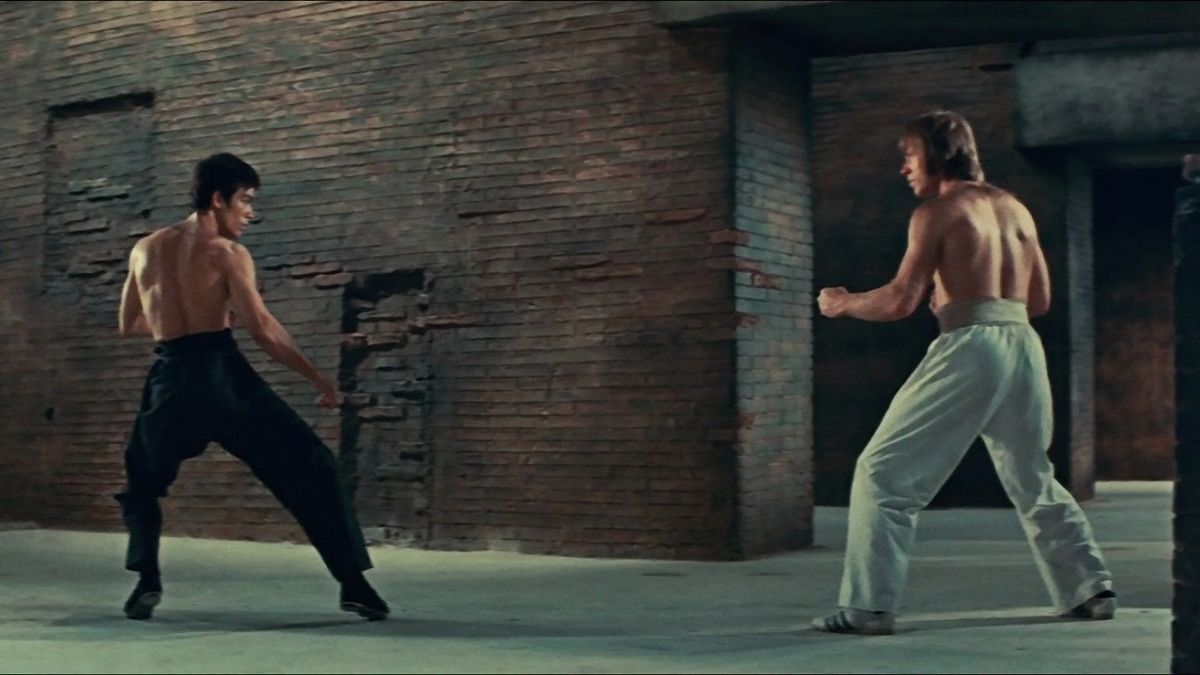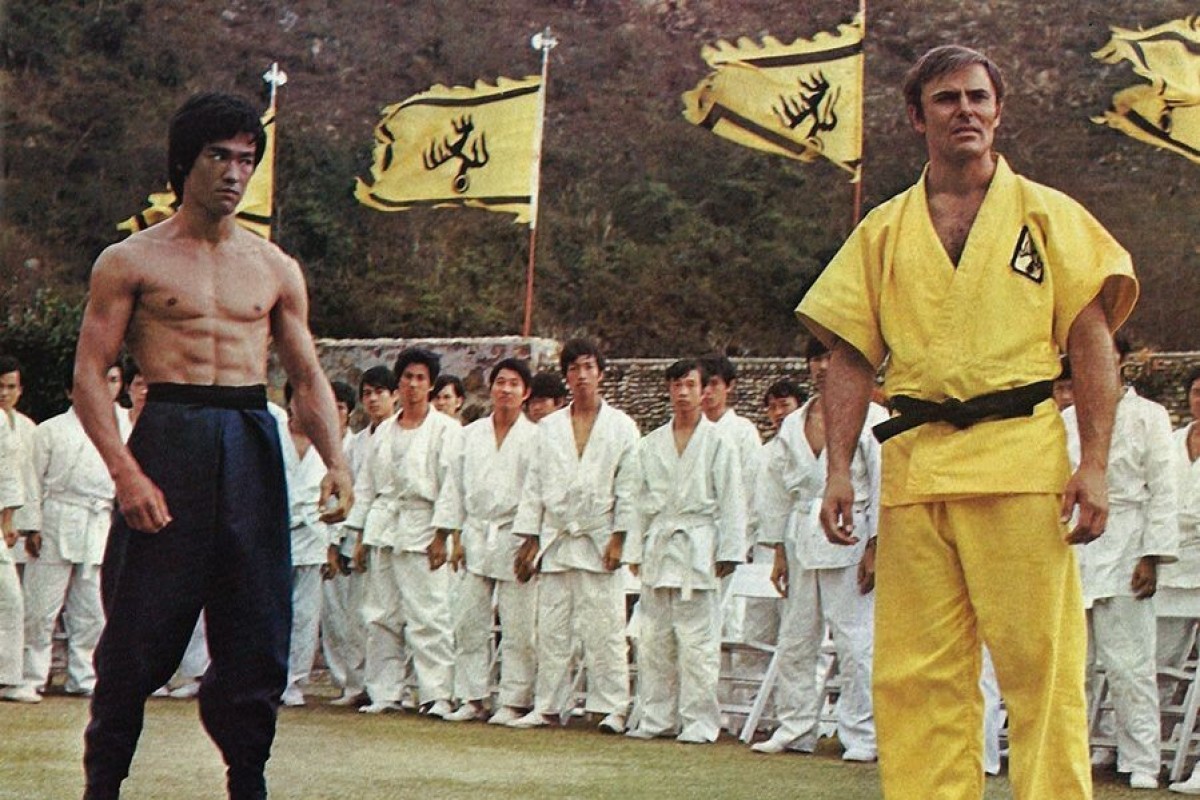
The much-liked, Lewis Gilbert-directed The Spy Who Loved Me reasserted the franchise in 1977 with $185 million. Roger Moore’s (Blaxploitation-centric) Live and Let Die grossed a strong $161 million in 1973, but Moore’s (martial arts-flavored) The Man with the Golden Gun earned just $97 million in 1974.

George Lazenby’s now-beloved On Her Majesty’s Secret Service earned “just” $82 million in 1969, while Sean Connery’s aggressively campy return in Diamonds Are Forever made $115 million in 1971. That $90 million initial global cume put it on par with the several surrounding 007 movies of the era. kung-fu flick has earned, following decades of reissues, $350 million worldwide, above every pre- GoldenEye James Bond movie. Robert Clouse’s martial-arts action flick grossed $90 million worldwide in 1973 on an $850,000 budget. It was also a “rip-off/don’t remake” triumph, appropriating the Bond formula (Lee goes to a villain’s fantastical island hide-out and destroys his heroin smuggling operations from within) and hitting pay dirt. But Enter the Dragon itself, which catapulted Lee into mainstream global stardom just after he died at the age of 32, wasn’t just a groundbreaking Hollywood martial arts action movie starring Lee, character actor/martial artist John Saxon and Blaxploitation star Jim Kelly.

I wrote last month about Mortal Kombat being a fine example of “rip-off/don’t remake” and successfully making a kid-friendly flick by approximating the core plot of a grown-up movie. Had Bruce Lee not died young, Enter the Dragon could have spawned a top-tier action franchise to rival James Bond. We’ve already had an Asian star in a blockbuster 007-ish movie. Henry Golding or Daniel Kaluuya starring as the playboy secret agent superhero would be an aspirational notion.

I’d still argue that a non-white leading man would allow the franchise to step away from the last 25 years of self-critique and self-justification. We can also expect chatter about how to keep the franchise running after Daniel Craig steps away.

As the (presumed) November release of No Time to Die approaches, we’re going to read more debates about how the 58-year-old franchise is or isn’t still relevant both in a new (#MeToo/Trump/Covid/etc.) social landscape and alongside equal-sized action franchises ( Fast and Furious, Mission: Impossible, Marvel).


 0 kommentar(er)
0 kommentar(er)
